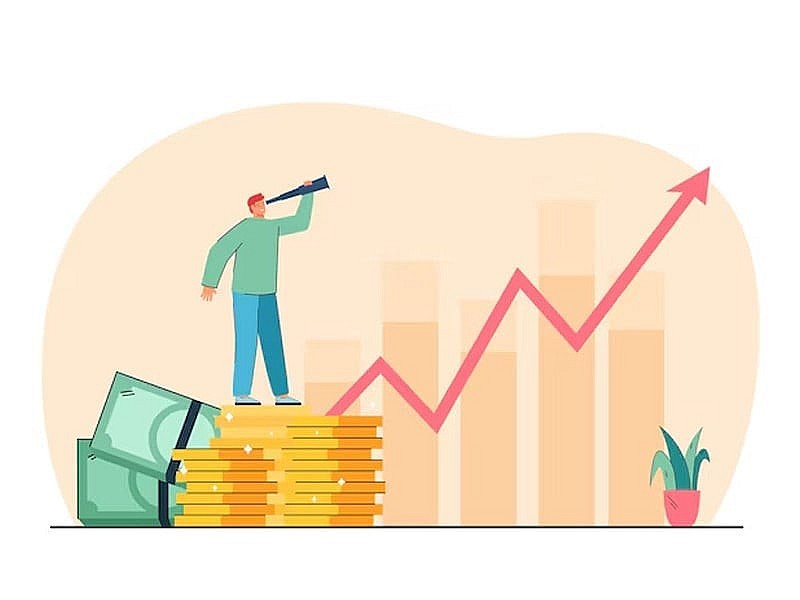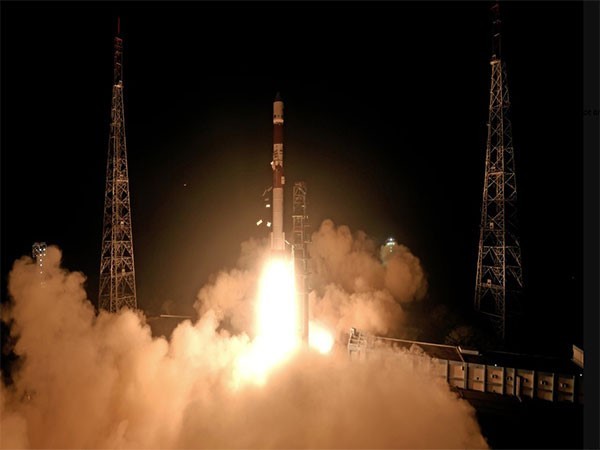Short-term inflation rises
 |
| Short-term inflation rises |
The Sensitive Price Indicator (SPI), a weekly inflation gauge, rose 0.30% week-on-week in the wake of a hike in food prices, reversing the deceleration seen in the prior week.
According to the Pakistan Bureau of Statistics (PBS), the rate of inflation increased 17.96% in the week ended August 8, 2024 compared to the same week of last year, which remained in high double digits.
AHL Research, however, reported that the year-on-year inflation decelerated to a 27-month low at 17.96%, as that level was last reached in May 2022.
SPI comprises 51 essential items and their price data is collected from 50 markets across 17 cities of the country.
During the week ended August 8, out of the 51 commodities, prices of 23 (45.10%) items increased, rates of seven (13.72%) items decreased and prices of 21 (41.18%) items remained unchanged.
A major increase of 32.23% was observed in the price of onion, which reached Rs146.14 per kg compared to Rs110.52/kg in the prior week. It was followed by eggs, up 4.28% to Rs272.34/dozen compared to Rs261.17/dozen in the previous week. Garlic price rose 3.23% to Rs512.17/kg compared to Rs496.16/kg a week ago. LPG cost 1.73% higher at Rs3,097.25 per 11.67kg cylinder. The price of georgette went up 1.32% to Rs285.34/metre compared to Rs281.62/metre a week earlier. Prices of other commodities rose up to 1% including mash pulse, gram pulse, moong pulse, potatoes, firewood, chicken and cigarettes.
The year-on-year inflationary trend depicted a surge of 17.96%, led by gas charges for Q1, which soared 570%, followed by onion, higher by 142.48%. Prices of other essential commodities spiked up to 42% including gram pulse, moong pulse, garlic, powdered milk, gents' sandal, shirting, beef, salt powder, mash pulse, cooked daal, energy savers and long cloth.
The benchmark monthly inflation, measured through the Consumer Price Index (CPI), slowed down to a three-year low at 11.1% in July compared to a multi-decade high of 38% in May 2023. The inflation reading is projected to continue to decelerate and fall into single digit by the end of current fiscal year. This slowdown is likely to prompt the central bank to further cut its policy rate to 15-16% by the end of FY25 compared to the current level of 19.5%.
The reduction in policy rate will enable banks to provide financing to the private sector at a lower cost and help boost economic activities.
Recommended
 Economy
Economy
CNBC: Vietnam Officially Becomes The World's "Durian King"
 Economy
Economy
